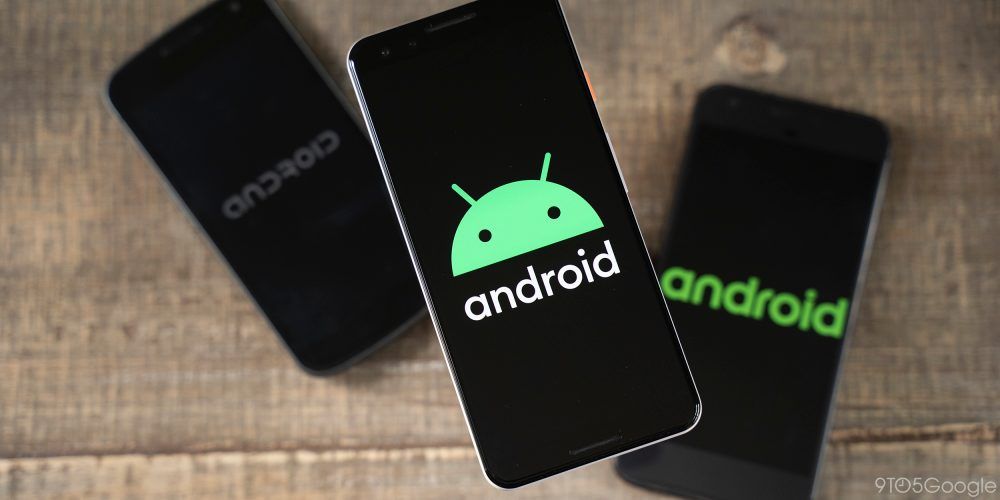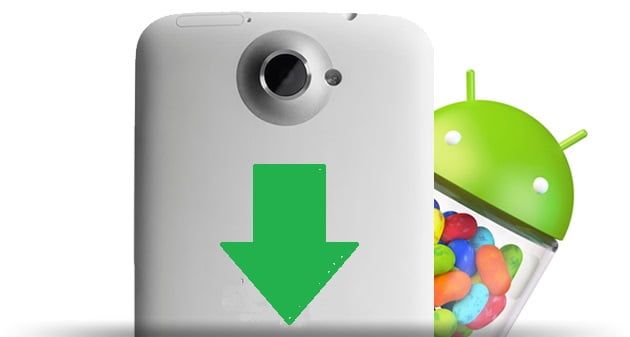How to downgrade to a previous Android version: Installing an Android update on your phone is not a definitive process. If you are unhappy with the changes, or if there is a problem, you can go back to a previous version of Android and get everything back to normal.
And, while it is not entirely advisable to restore a previous version of the system, the reality is that in some cases it is a must due to software or hardware incompatibility issues, critical bugs that the manufacturer does not plan to fix, or many other cases that may make you want to go back from Android 9 to Android 8, from Android 10 to Android 9, or even go back from Android 11 to Android 10.
- How to activate noise cancelation on the iPhone?
- How to add a cover image to your Instagram videos?
- How to see the posts you’ve liked on Instagram?
How to downgrade to a previous Android version?
In either case, the steps to return to the previous version of Android are similar. In this article, we explain how you can do this step by step.
First of all, what is a downgrade?
When we talk about downgrade we refer to the technique that consists of replacing a more modern software version with an older one.
It is possible to downgrade apps by returning to a previous version of an application, or even the phone’s own firmware by restoring a version of the Android software as such.

3 things to keep in mind before downgrading your phone
If you believe that a recent software update is creating problems on your phone, you probably want to go back to an older version of Android. However, there are several things you should consider before doing so:
- You can’t always downgrade: Some manufacturers, for example, Google, may block downgrades by preventing you from installing an earlier version of Android And even when it is possible, this process may have some risks to take into account.
- All your data will be deleted: When you downgrade, all the data stored on your device will be completely deleted. That’s why it’s highly recommended to make a full backup before going back to a previous version.
- Sometimes, formatting your phone is just as effective: Since you are convinced that you are going back to a previous Android version, and therefore you will have to delete all the data on your phone, a good idea might be to format your phone, as this simple process can solve some of your phone’s problems, without having to stop enjoying the latest version of the system.
How to downgrade to a previous version of Android
Now that we’ve seen the risks and things to consider before restoring an older version of Android to a mobile or tablet, it’s time to get down to business. Unfortunately, it’s not as simple as it seems.
As I said before, not all manufacturers allow downgrades on their phones. And in those situations, we can find procedures that change completely depending on the mobile that we are going to downgrade. Something common to most devices is that you will need to have the bootloader unlocked and have the ADB drivers installed on your computer.
Even so, the steps to follow are quite similar in most cases. When it comes to downgrading an Android phone, this is what you should do:
- Make a complete backup of all your mobile data.
- Download the firmware of the phone you want to install. For Google or Oneplus mobiles, it will not be difficult to find previous versions of their software.
- If necessary, download and install on your computer the necessary tools to perform the downgrade, such as Xiaomi My Flash Tool, Samsung ODIN or similar.
- Install the old version of the software on your phone.
That’s all. If everything went well, you’ll boot your phone with an older version of the software. Please note that not having the latest version of the operating system can have consequences such as some applications might no longer be compatible, or you might not be able to enjoy the latest Android features. In this article you learned how to downgrade to a previous Android version.





